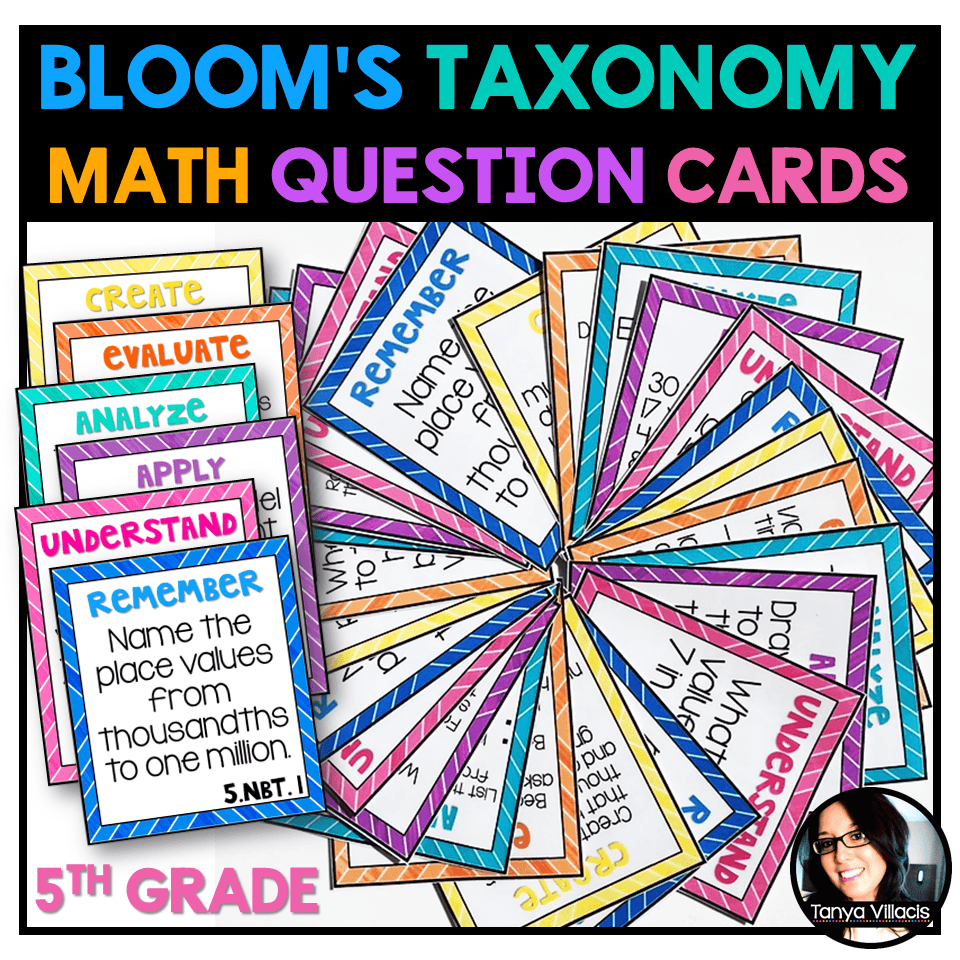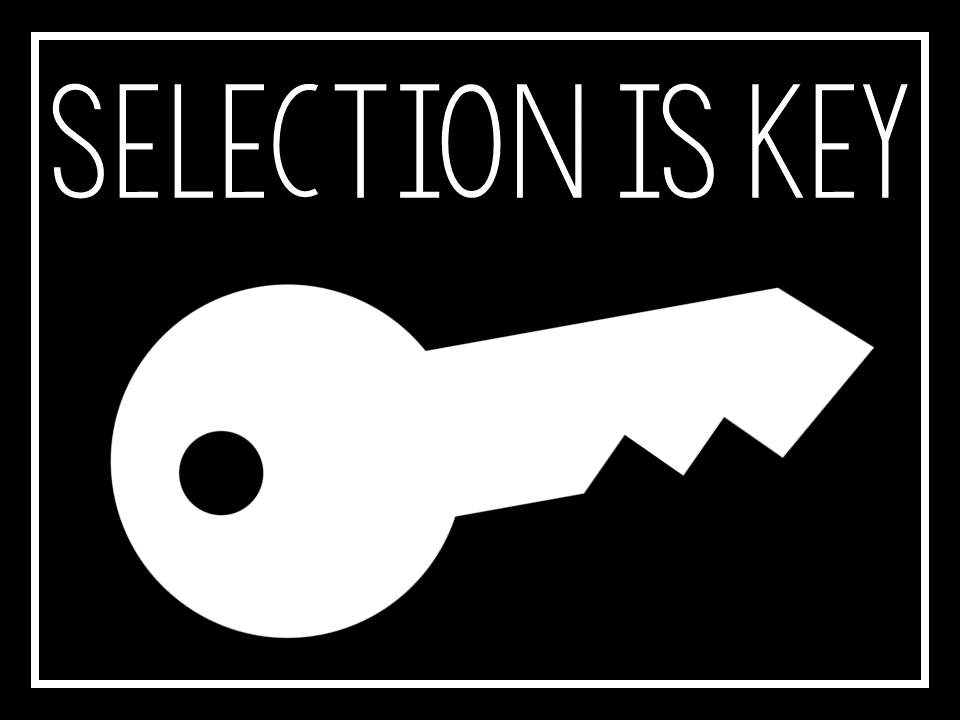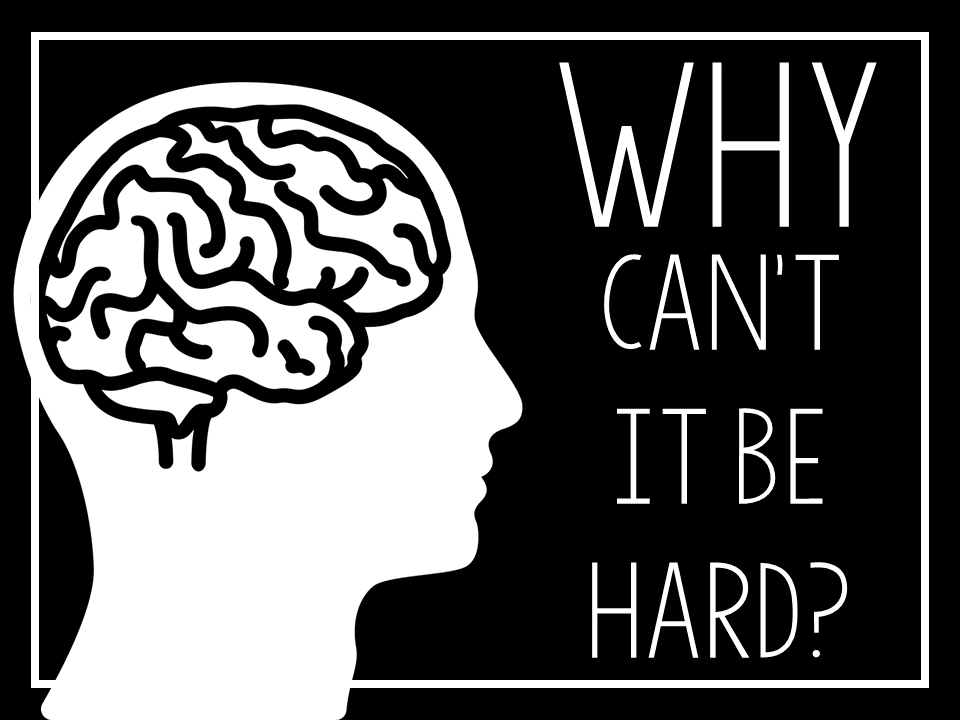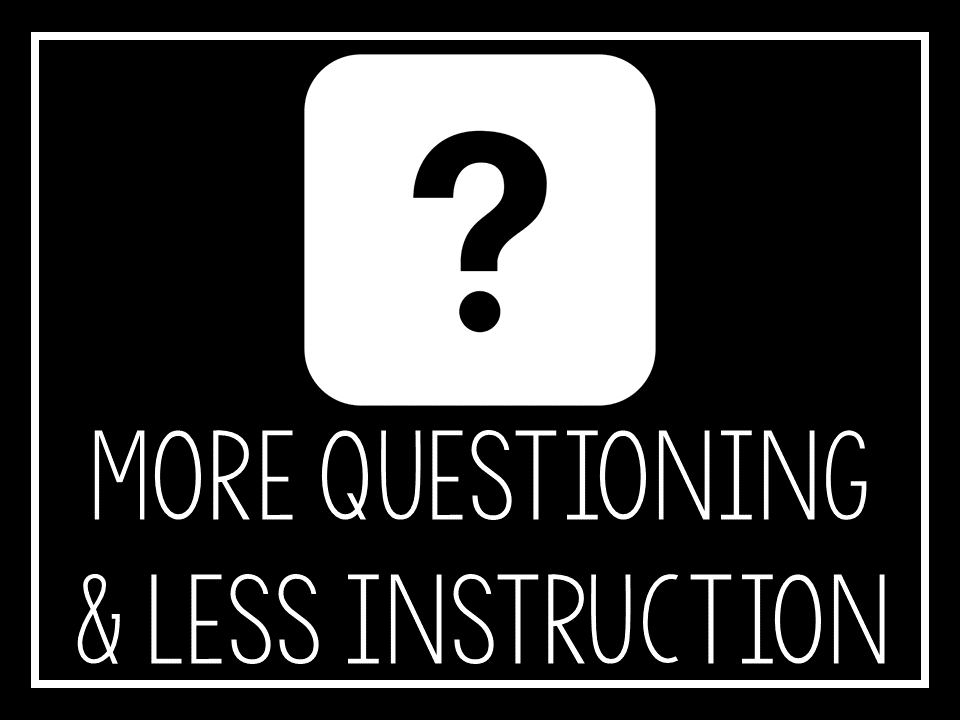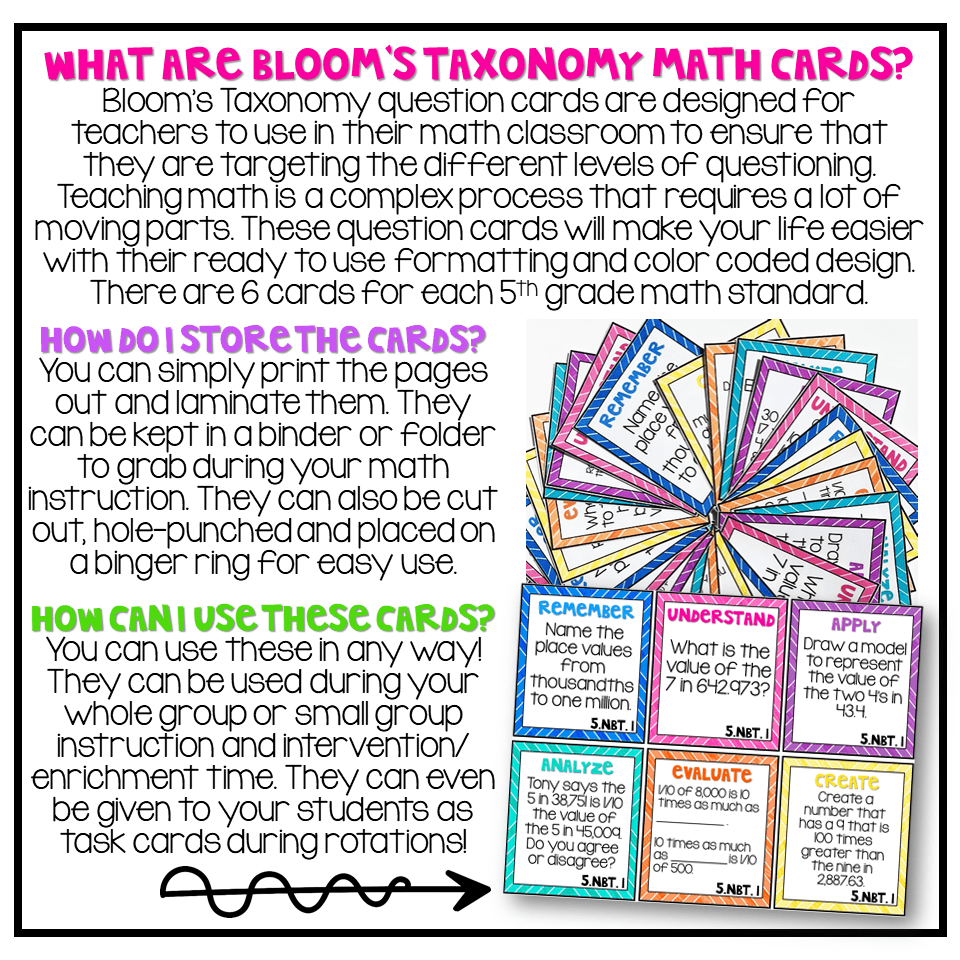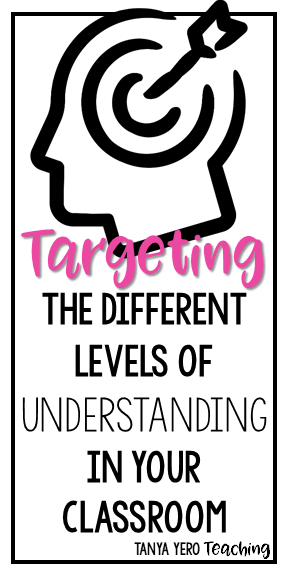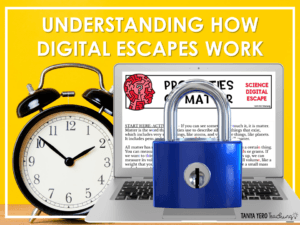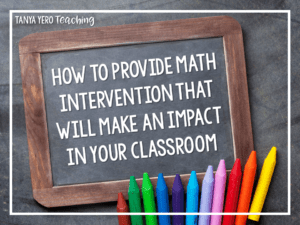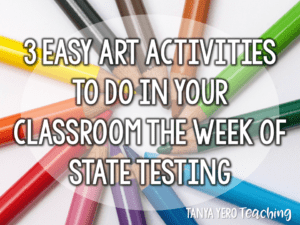There are two main levels of understanding in math, procedural and conceptual based. In between those two levels are stepping stones for students. As educators it’s our job to ensure we target all levels of understanding and not hover on the lower side of understanding. Educators tend to play it safe and put an emphasis on procedural understanding. Why? Well it’s uncomfortable to be faced with a complex question; uncomfortable for students and teachers. Children want positive feedback. They want to be right. None of us love the idea of being wrong, but a person with a growth mindset can value mistakes and the opportunity to learn from them. That’s what we want for our students What good is it teaching a child to multiply a two-digit by two-digit number procedurally if they don’t understanding conceptually what each step represents?
Be very selective in the resources you use in your classroom. Most textbooks, worksheets, and workbooks lean toward the procedural side of questioning. Don’t be afraid to swap out basic questions for more complex ones. My first few years of teaching I never thought to write my own word problems, but once I started I didn’t stop. I was able to make them relatable to my students and ensure I was targeting various levels of questioning.
Teachers fear the idea of something being “too hard” for our students. Why is there such a stigma associated with challenging opportunities? All of us are the people we are today because we rose to the occasion in moments of strife. We learned in that difficult moment what worked and what didn’t. Your students are going to benefit very little if everything is a cake walk.
As you reach the higher levels of understanding, you reach conceptual understanding. Teaching conceptually means stepping back. This was incredibility hard for me. By nature, I want to help, hence why I (and you) became an educator. I have also been told by many loved ones that I am a long-winded speaker; therefore, my first few years of teaching involved me rambling in the front of the room. While I was loving every second of my math lessons, I was doing all of the work. In time, I learned that I shouldn’t be doing all of the talking and thinking. In fact, I realized that I should be doing about 30% of the talking and that questioning (paired with wait and exploration time) were critical parts to any lesson.
My Bloom’s Taxonomy Cards for math are a great way to ensure you are targeting the different levels of understanding. I keep my cards on a key ring and store them on my desk. There are always near me to use as a guide when I am teaching a new skill. What do you use in your classroom to target the different levels of understanding?
